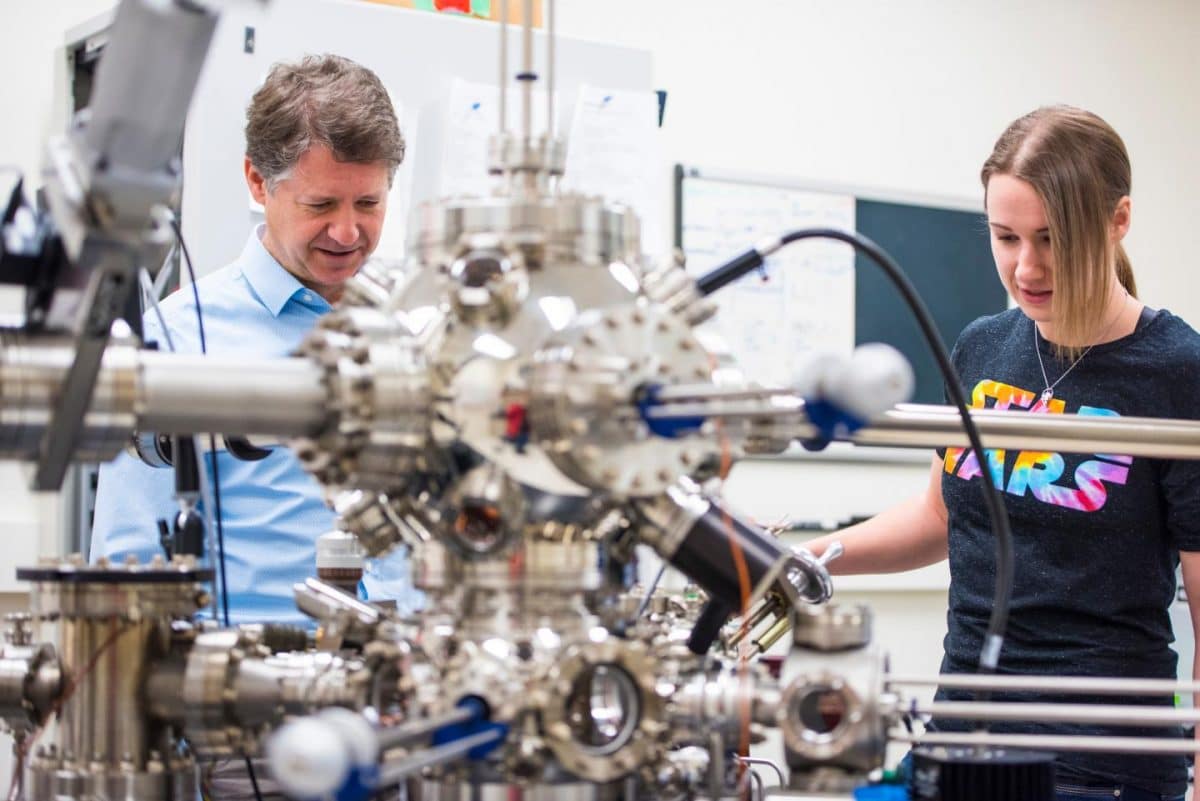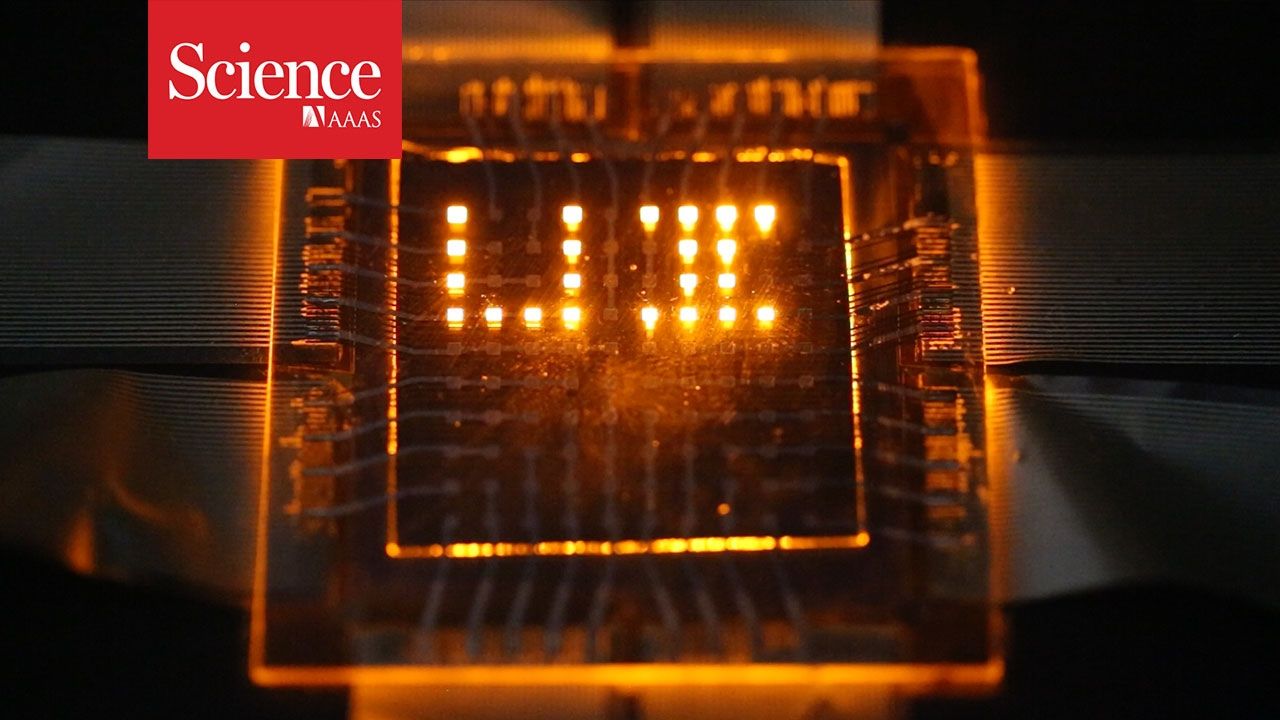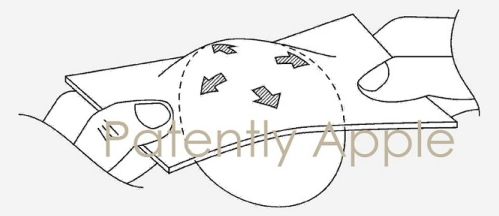Feb 14, 2017
MIT Team’s Low-Power Chip Could Revolutionize Speech Recognition in Electronics
Posted by Karen Hurst in categories: computing, mobile phones
Personally; I see this not being needed in less than 10 years.
Automatic speech recognition is on the verge of becoming the chief way of interacting with primary computing devices. A decade ago, the concept of automatic speech recognition was laughed at.
Anticipating this rise in voice-controlled electronics, a team of researchers from MIT have developed a low-power chip designed for automatic speech recognition. A cell phone running speech-recognition software might need roughly 1 watt of power, but the new chip requires between 0.2 and 10 milliwatts only, based on the number of words it has to recognize.
Continue reading “MIT Team’s Low-Power Chip Could Revolutionize Speech Recognition in Electronics” »
















